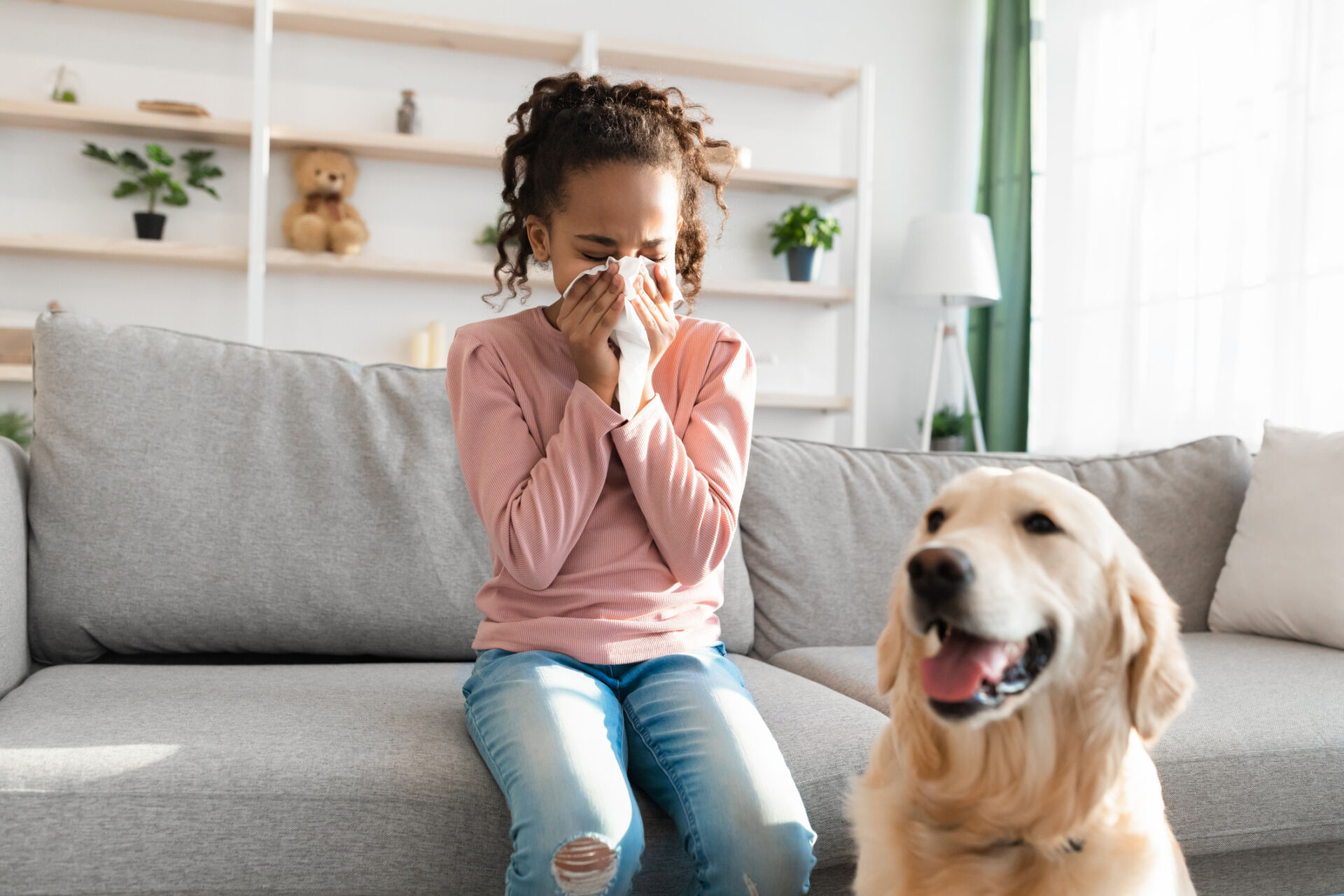
It started with mild symptoms. Sneezing mostly. Some congestion. I thought it was seasonal. Or maybe dust. It got worse slowly. More sneezing. Runny nose. Itchy throat. I didn’t connect it to my cat at first. She had been with me for years. I never had a reaction before. But allergies can change over time. They don’t always show up early. I realized the symptoms spiked when I was home more. Especially in the evenings. Especially on the couch. That’s when I started to wonder.
I didn’t want to believe my body was reacting to something I loved
The idea hurt. Not physically—emotionally. My cat was part of my daily life. She slept near me. She followed me from room to room. I didn’t want to see her as a source of illness. But my body didn’t care about loyalty. The symptoms were real. They got stronger over weeks. I tried to ignore them. But eventually, I had to admit something was wrong. Denial didn’t work anymore. I needed a plan. Something that didn’t involve giving her up.
I cleaned more often but it never felt like enough
I vacuumed daily. Washed every blanket. Mopped the floors. Wiped down surfaces constantly. Still, I sneezed. Still, my eyes burned. It felt endless. I bought an air purifier. Then another. I started brushing the cat outside, thinking that might help. It helped a little. But allergens are small. They stick to everything. Curtains. Cushions. My clothes. You clean, and they settle again. The goal shifted. I couldn’t remove everything. But maybe I could reduce enough to breathe easier.
I stopped letting her sleep in the bedroom
That was the hardest part. She always curled up near my feet. I missed her there. But the symptoms were worse in the morning. My nose felt blocked. My throat was dry. I knew I needed a barrier. A place for rest, not exposure. I shut the door at night. She meowed outside for days. I nearly gave in. But eventually, she stopped waiting at the door. I started sleeping better. Small changes don’t feel small when they happen in the places you feel safest.
I learned that dander is the real problem, not the fur itself
I thought shaving the cat might help. Someone suggested it. I even asked the vet. But the vet explained the issue isn’t the fur. It’s the proteins in skin flakes. In saliva. In urine. Dander is microscopic. It floats. It stays in the air long after the animal leaves. Bathing helps. Brushing helps. But the source is constant. Every cat produces it. Even hairless ones. So shaving would just stress the cat—and not solve the real issue. Understanding the allergen helped me focus my efforts better.
I wore a mask when cleaning and it helped more than I expected
I didn’t expect a mask to matter. But it reduced reactions while vacuuming. Dusting. Washing bedding. Cleaning stirs up allergens. More than you realize. A mask helped me push through those tasks. I wore gloves too. Sometimes goggles. It looked silly, but it gave me control. I didn’t sneeze as much after cleaning days. I recovered faster. Simple tools made a big difference. They let me live with the cat while maintaining my space.
I didn’t expect my doctor to take it seriously
I assumed they’d tell me to rehome her. I almost didn’t ask. But when I did, my doctor asked real questions. How long had symptoms lasted? What was worse—skin, breathing, or eyes? They explained options. Antihistamines. Nasal sprays. Allergy shots. Lifestyle changes. There wasn’t judgment. Just information. That helped me feel less alone. Managing allergies is a process. Doctors can help build a path that fits your life—not just eliminate what you love.
I didn’t know allergy shots were even an option for pet dander
Immunotherapy sounded extreme. But my doctor explained it clearly. It’s not a cure, but it helps. Small doses of allergens over time. They teach the body to stop overreacting. It’s slow. It takes months, even years. But many people see results. I signed up after months of struggling. Injections weekly at first. Then monthly. Side effects were mild. A little redness. Some fatigue. But breathing got easier. The results weren’t sudden. But they were real. Over time, I felt like myself again.
I started keeping a clean shirt near the door
I noticed my clothes made things worse. After petting the cat, allergens stuck. I’d sit on the couch, then touch my face. It built up without me realizing. Changing my shirt helped. I kept one by the door. After brushing her. After playing. I’d wash my hands. Then switch shirts. It took two minutes. But it lowered symptoms. Especially during allergy season. It became part of the rhythm. Small routines can shift the whole day.
I stopped using carpets and heavy curtains
Textiles hold allergens. Carpets. Drapes. Cushioned furniture. I started removing what I could. Area rugs went first. Then the curtains. I switched to blinds. I chose leather seating over fabric. Everything I could wipe down easily stayed. Everything else became a problem. I vacuumed less often. Sneezed less often. The space felt simpler. Cleaner. Less reactive. It wasn’t about designing for beauty. It was about designing for breath.
I started washing the cat’s bedding more than my own
Her blankets used to sit in corners for weeks. Unwashed. I never thought about them. But they carried the source. Dander. Hair. Proteins. I began washing her bedding every three days. High heat. No scent detergent. Then I vacuumed the area. Wiped the floors. It wasn’t about perfection. Just consistency. She didn’t mind the change. But I noticed it. Especially in the room where she slept most. Fewer reactions meant I could stay near her longer.
I explained the allergy to friends without apology
People asked why I changed my home. Why I wore a mask. Why the cat wasn’t allowed in certain rooms anymore. I used to downplay it. Embarrassed. Now I explain it. “It’s allergy management,” I say. Not avoidance. Not drama. Just health. Once I framed it clearly, people understood. No jokes. No pity. Just facts. Being honest helped me feel less isolated. Less like I had to justify breathing.
Source: Allergy in Dubai / Allergy in Abu Dhabi
